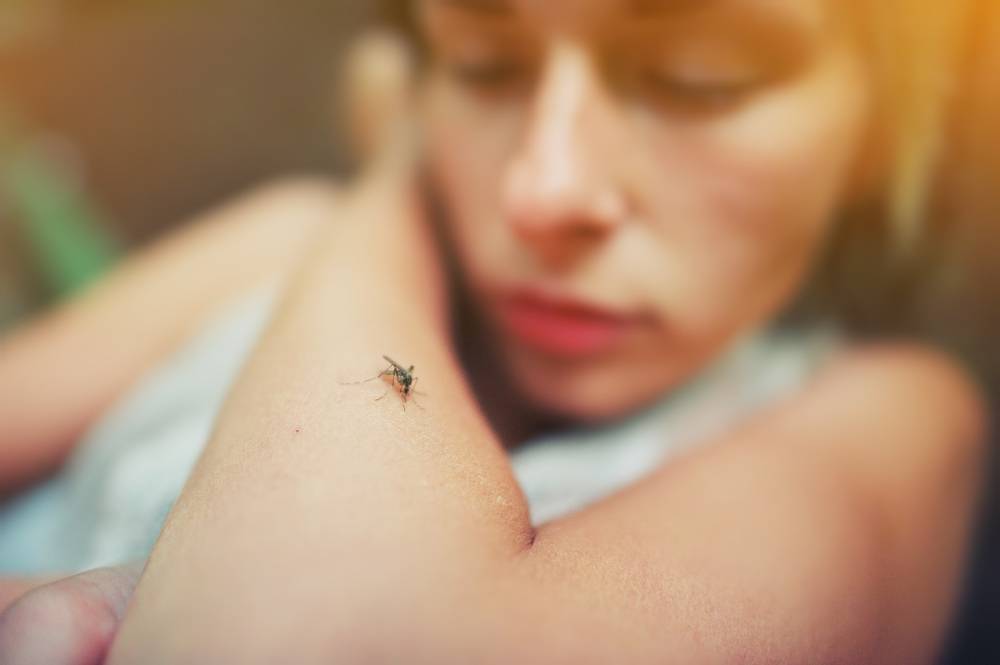In Southeast Asia, dengue fever is a major public health concern with an estimated 2 million cases reported annually, according to the World Health Organization (WHO). The disease is endemic in many countries in the region, including Indonesia, Thailand, and the Philippines, and outbreaks occur frequently.
In 2020, there were a total of 517,173 reported cases of dengue fever in Thailand, 68,400 cases in Indonesia, and 129,066 cases in the Philippines, according to data from their respective health ministries. The numbers remain high in 2021, with 181,979 cases reported in Thailand between January and October, 43,029 cases in Indonesia between January and September, and 69,763 cases in the Philippines between January and October. These figures highlight the severity of the disease in Southeast Asia and the need for preventative measures to be taken.
Why Is Dengue Fever So Rampant In Southeast Asia?
The high prevalence of dengue fever in Southeast Asia can be attributed to several factors. The Aedes mosquito, which spreads the disease, thrives in warm and humid environments, which are prevalent in the region. Many countries in Southeast Asia also have a high population density, providing ample opportunities for the mosquito to spread the disease from person to person. The lack of effective mosquito control measures in many areas and a lack of public awareness about the disease also contribute to its high prevalence.
Limited access to clean water and sanitation facilities, may also increase the risk of dengue fever. Furthermore, climate change and environmental degradation have contributed to the spread of the disease by altering the natural habitats of mosquitoes and increasing their populations. Combatting the spread of dengue fever in Southeast Asia requires continued efforts due to the factors that have made it a significant challenge in the region.
How Does Dengue Fever Spread?
Dengue fever is spread by the Aedes mosquito, which becomes infected with the virus after biting an infected person. Once infected, the mosquito can transmit the virus to other people it bites, spreading the disease. Here are some key points on how dengue fever spreads:
- The Aedes mosquito feeds during the daytime and is most active during the early morning and late afternoon.
- Stagnant water, such as in empty containers, flower pots, and discarded tires, is where the mosquito breeds.
- Blood transfusions, organ transplants, or transmission from a pregnant mother to her baby during childbirth can spread dengue fever.
- People who have had dengue fever can also transmit the virus to mosquitoes. Mosquitoes bite an infected person and then another person, transmitting the virus. The virus does not spread directly from person to person, and casual contact such as hugging or shaking hands does not spread the disease.
The incubation period for dengue fever is typically 4–7 days, but it can range from 3–14 days. During this time, a person may be asymptomatic but can still spread the virus to others.
Preventing The Spread Of Dengue Fever At Home
Here are some key measures you can take to prevent the spread of dengue fever at home:
- Eliminate mosquito breeding grounds by removing or treating any areas of stagnant water in and around your home. This includes emptying out containers, covering outdoor water containers, and cleaning gutters and drains regularly.
- Use mosquito nets, screens, or mesh to cover windows, doors, and other openings in your home to prevent mosquitoes from entering.
- Use insect repellent when outdoors or in areas with mosquitoes. Apply repellent to exposed skin and clothing.
- Wear thin long-sleeved shirts and pants when outdoors, especially during peak mosquito activity times.
- Install or repair window screens to prevent mosquitoes from entering your home.
- Use mosquito coils or plug-in mosquito repellent devices to deter mosquitoes.
- Keep your home clean and tidy, and dispose of trash properly to prevent the buildup of waste that can attract mosquitoes.
By taking these preventative measures, you can help to reduce the spread of dengue fever in your home and protect yourself and your loved ones from the disease.
Symptoms To Look Out For
Recognizing the symptoms of dengue fever is crucial in obtaining early treatment and preventing serious complications:
- High fever (typically lasting 2–7 days)
- Severe headache
- Joint and muscle pain
- Nausea and vomiting
- Skin rash
- Mild bleeding (such as nosebleeds or bleeding gums)
If you experience any of these symptoms, it is important to seek medical attention immediately. In severe cases, dengue fever can lead to dengue hemorrhagic fever or dengue shock syndrome, which can be life-threatening. By staying informed about the latest statistics and guidelines from official agencies, and by being proactive in reporting suspected cases of dengue fever, we can help to stop the spread of this disease and keep our communities healthy and safe.
Overall, dengue fever is a serious disease that requires proactive measures to prevent its spread. By taking responsibility for our own health and advocating for public health initiatives, we can work together to combat the spread of dengue fever and other infectious diseases.

